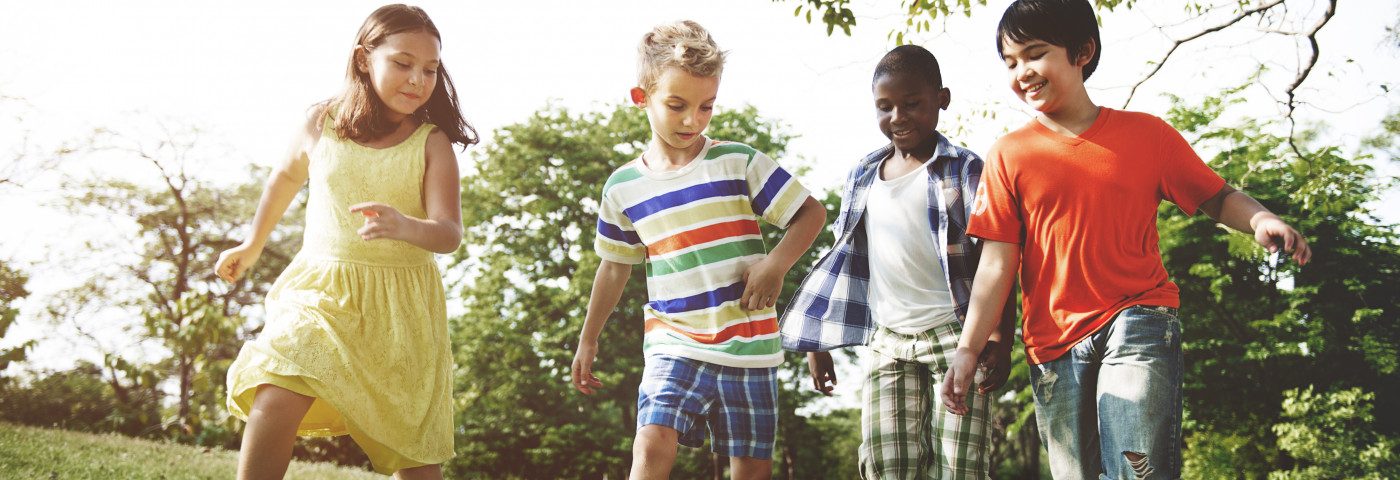Most children with juvenile idiopathic arthritis participate fully in school and physical education, a new study shows, but for some with more severe disease, such participation can be limited, so these children may require special attention and support.
The study, titled “Participation in school and physical education in juvenile idiopathic arthritis in a Nordic long-term cohort study,” was published in the journal Pediatric Rheumatology.
Chronic illnesses such as juvenile idiopathic arthritis (JIA) can stand in the way of children going to school. In addition to the toll it takes on a child’s education, school absenteeism has been linked to anxiety disorders and increased social isolation.
The researchers of the new study wanted to assess school attendance of children with JIA, and also their participation in physical education, since physical activity is generally recommended for these children.
They analyzed school participation for 285 children with JIA who were living in Norway, Sweden, and Finland, and followed them for eight years (from a median age of 5.3 to 13.6 years). Participation in school and physical education was reported by the children’s parents, sometimes with the children’s help if they were old enough. The researchers specifically looked at absences that were due to JIA. However, not all participants had data available for every time point studied.
At baseline (at or near JIA diagnosis), 58.9% of the children had no reported JIA-related school absences, whereas 41.1% missed at least one day and 13.7% missed at least one week of school.
No school absence because of JIA was reported by 61.9% of the children one year after diagnosis, and by 73.8% three years after diagnosis. Eight years after disease onset, 83.2% reported no school absence because of JIA, while 16.8% reported more than one day of absence, 6.9% reported more than three absent days, and 4.4% stated that they missed more than a week of school.
These data still suggest that children with JIA miss school more often than other children, since the researchers specified that only JIA-related absences be reported.
A similar trend was seen for participation in physical education, with full participation reported by 49.4% at baseline, 52.4% at one year, 63.7% at three years, and 80.2% at eight years. At eight years, 2.9% reported no participation in physical education, and the rest participated in some physical education, but not fully.
Physical education participation was significantly lower in children with enthesitis-related juvenile arthritis (65.0%) and in children with undifferentiated arthritis (61.8%), while participation was highest in the oligoarticular persistent category (93.6%).
Using statistical models, the researchers found that children who participated less in school and/or in physical education were more likely to have more severe disease as assessed by their physicians. These children were also more likely to report more pain and actively inflamed joints.
“In children and adolescents with JIA participation in school activities is mostly high after eight years of disease,” the researchers said, adding that, “[f]or the minority with low participation, special attention is warranted to promote their full potential of social interaction and improve long-term outcome.”

